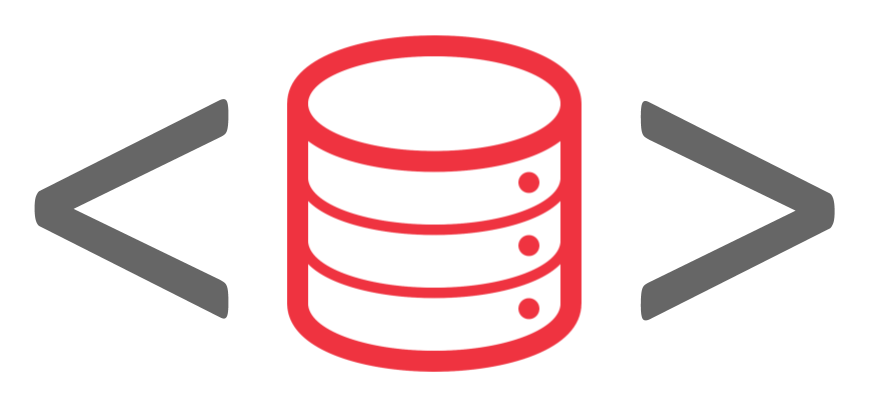2026 January 06
The best way of acknowledging research funding in the metadata: Crossref Grant ID
We are very pleased to kick off the New Year with another important schema update and the news that a Grant DOI field is now supported for all record types. This means that Crossref members can explicitly include the Crossref Grant IDs as part of their DOI metadata records for publications and any other output type, accurately linking research outputs to the funding that made it possible, all through metadata. We hope that our members will leverage this to respond to recent calls for stronger funding transparency and best practices for reporting funding sources in research outputs.











